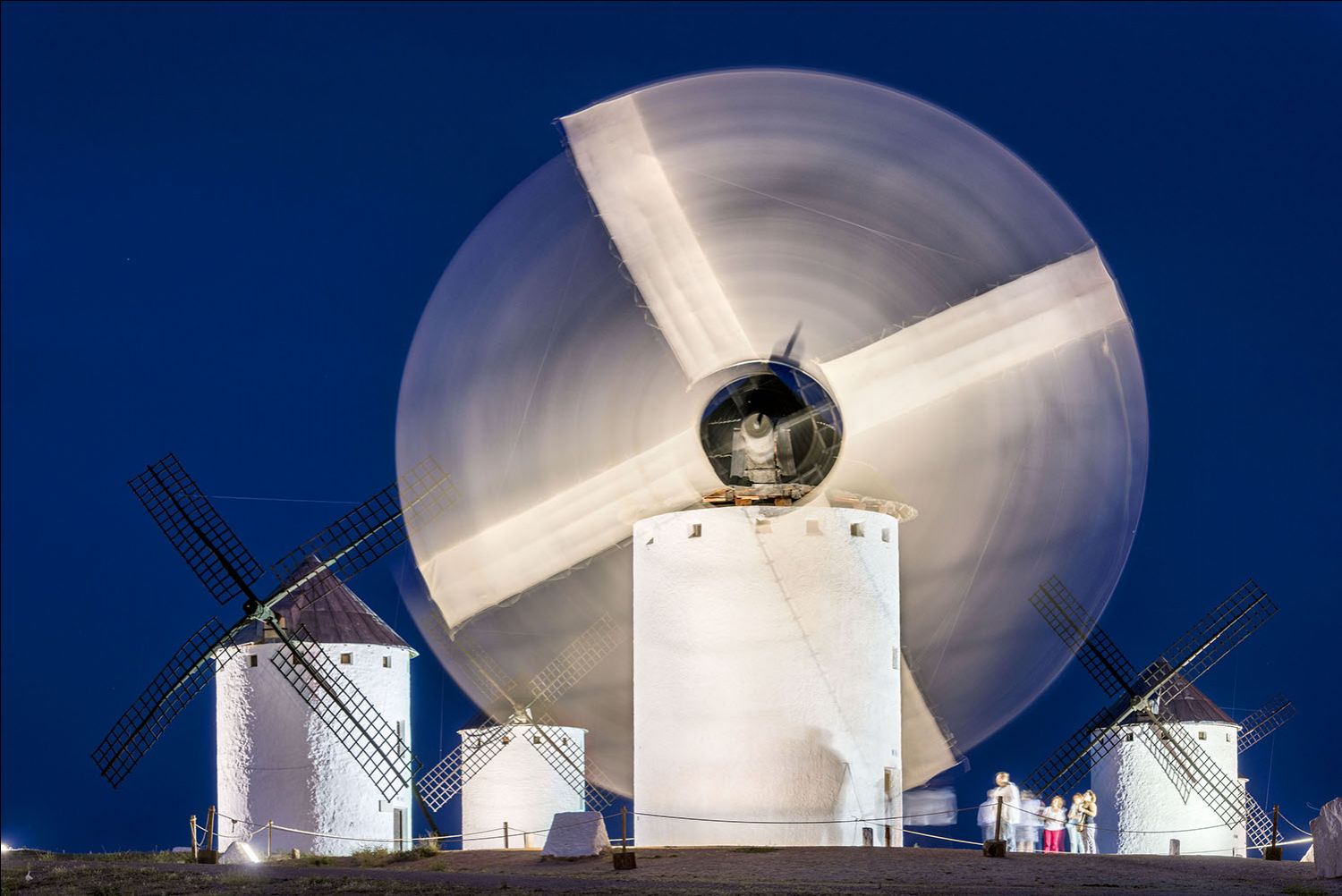Sales and windmills in the heart of La Mancha
Ciudad Real
Alcázar de San Juan
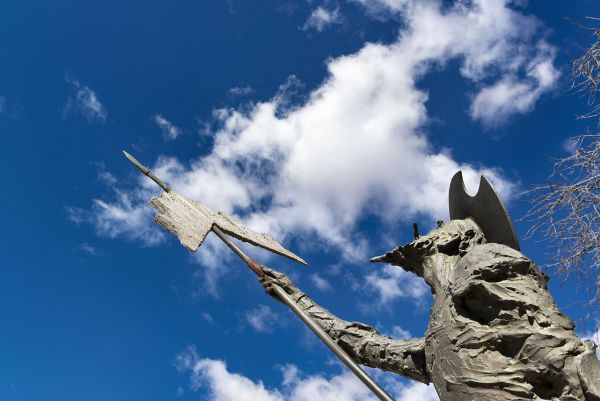
Alcázar de San Juan
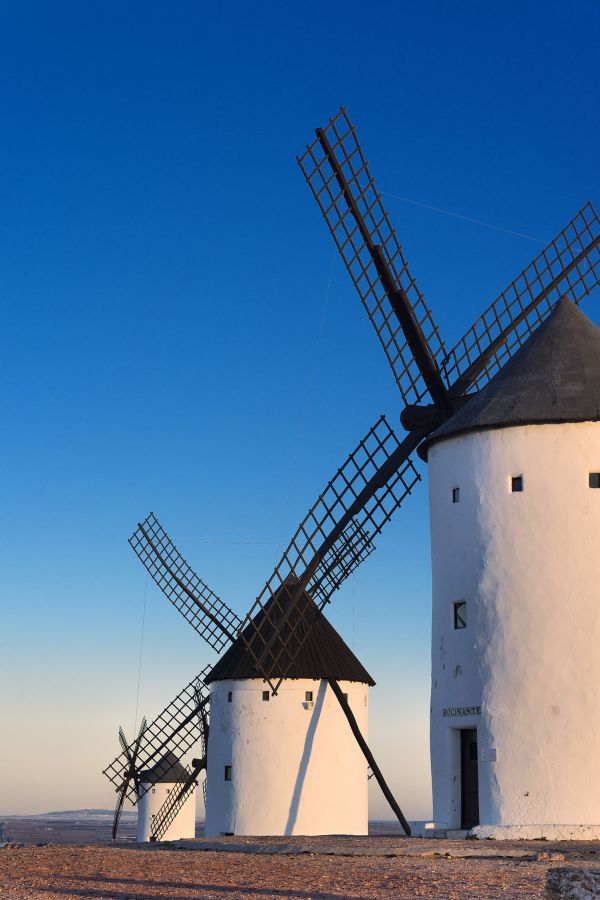
Campo de Criptana
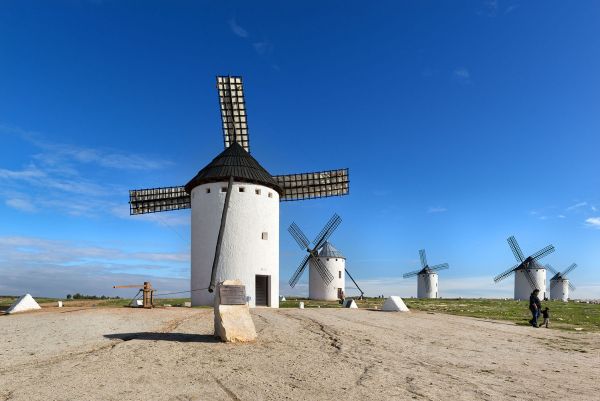
Campo de Criptana
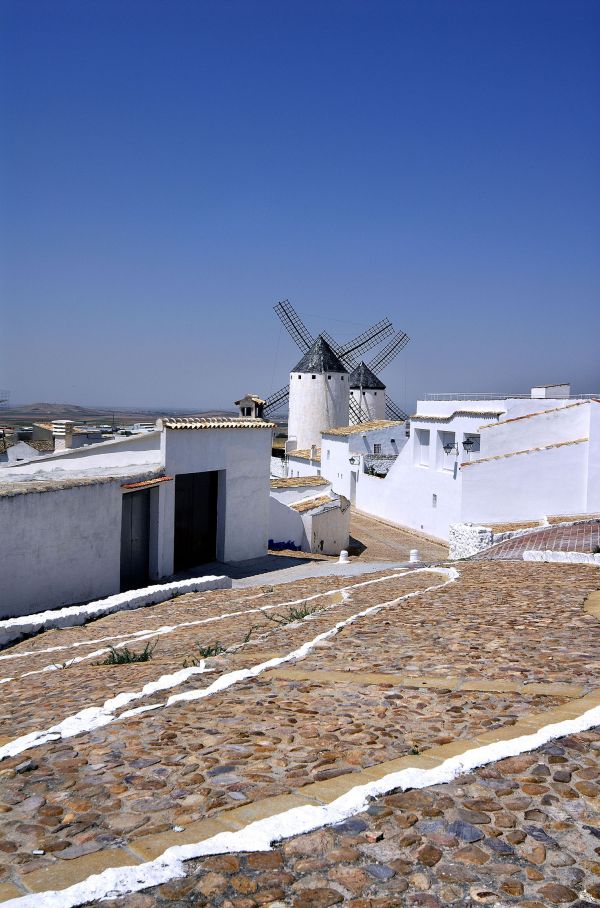
Campo de Criptana
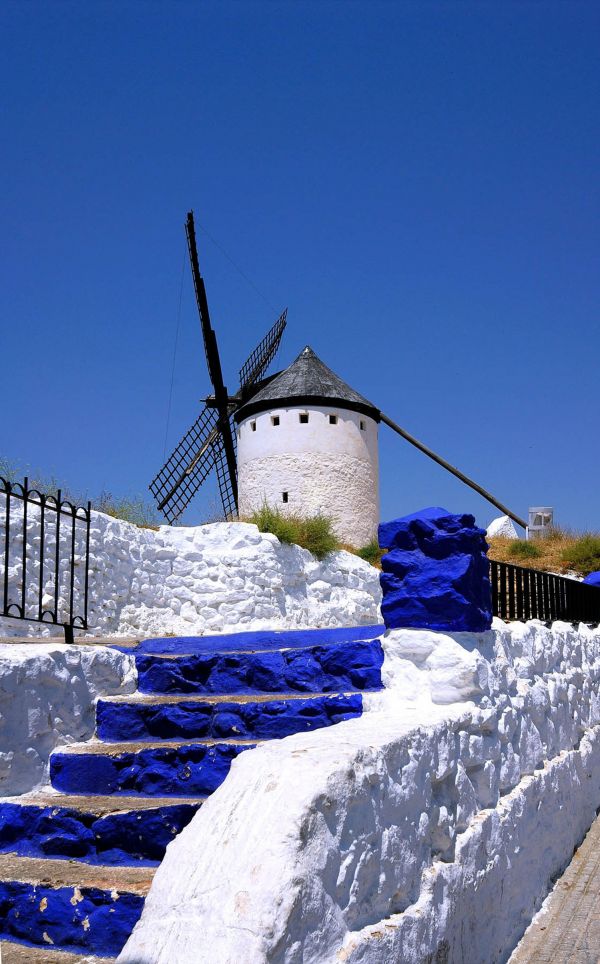
Campo de Criptana
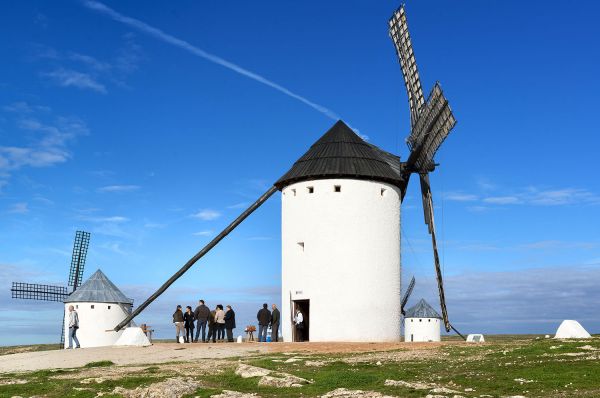
Campo de Criptana
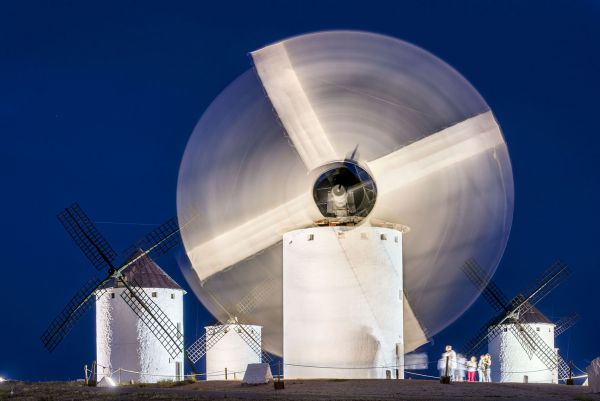
Campo de Criptana
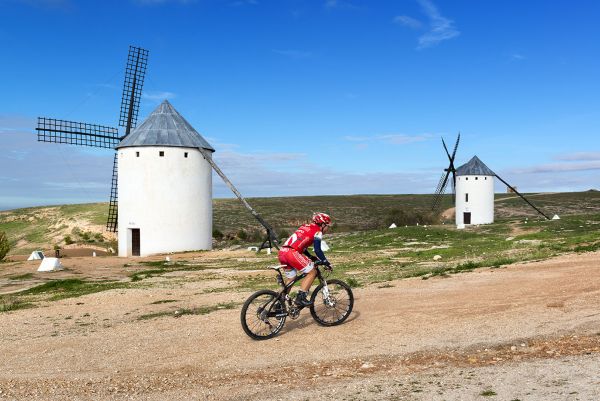
Herencia
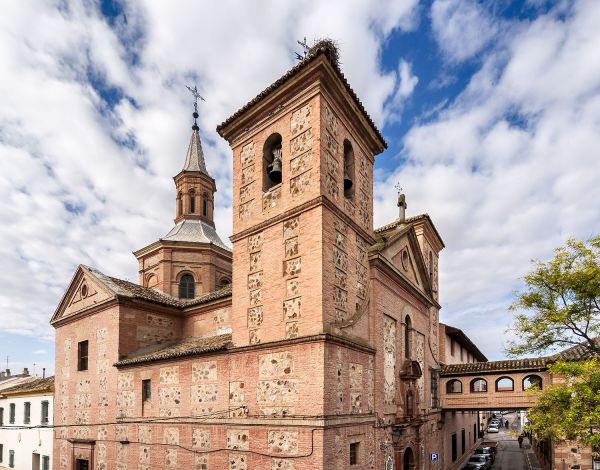
Herencia
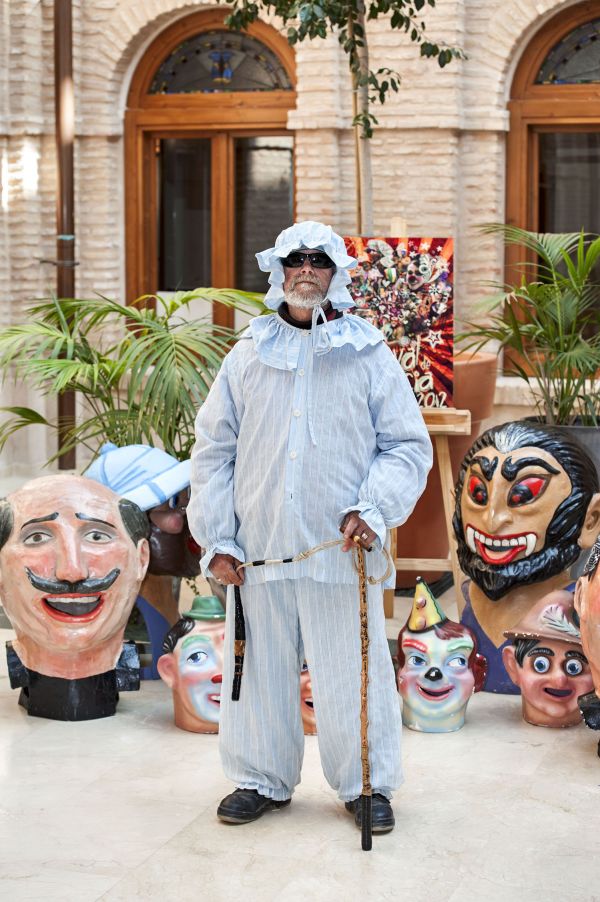
Herencia
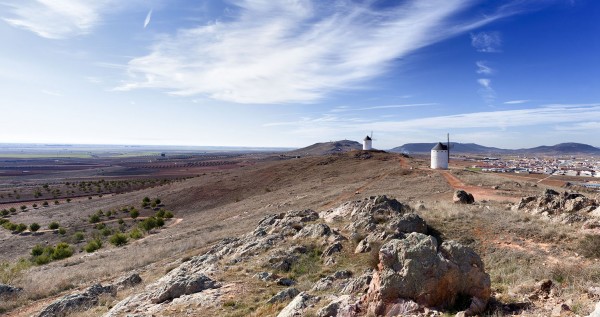
Herencia
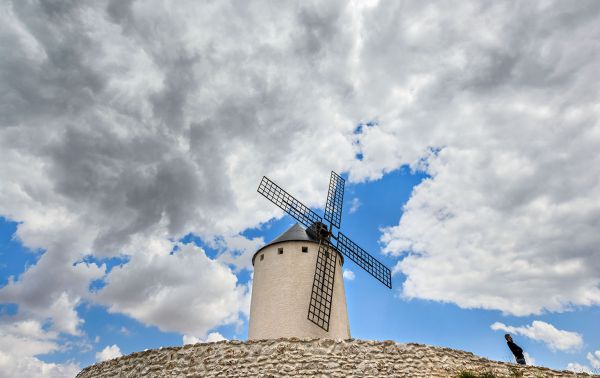
Herencia
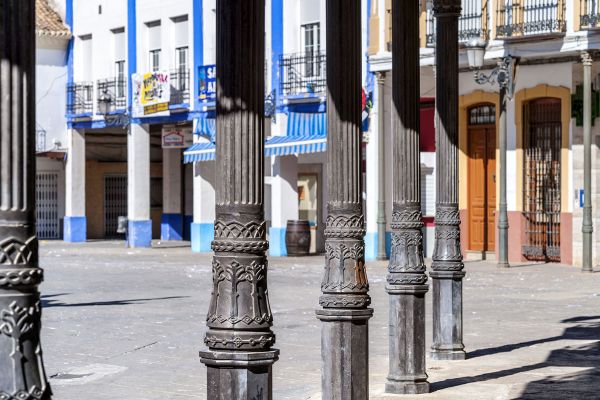
Puerto Lápice (plaza de la Constitución)
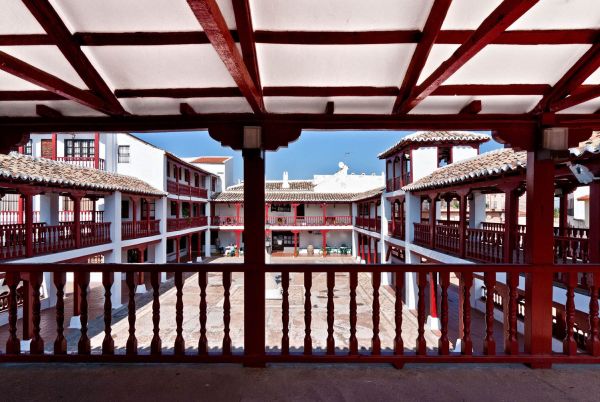
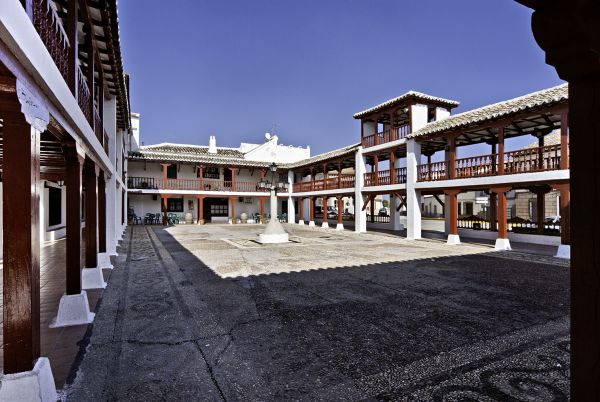
Puerto Lápice (Venta del Quijote)
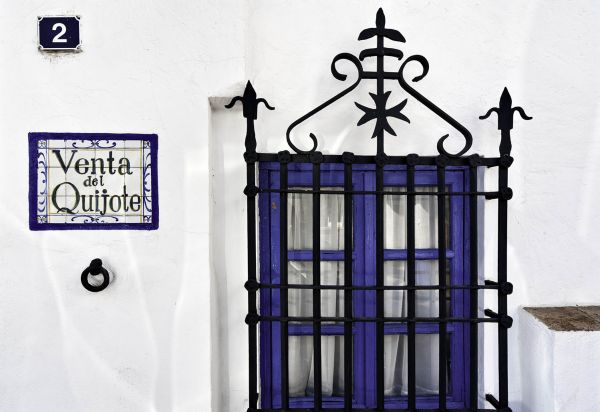
Puerto Lápice (Venta del Quijote)
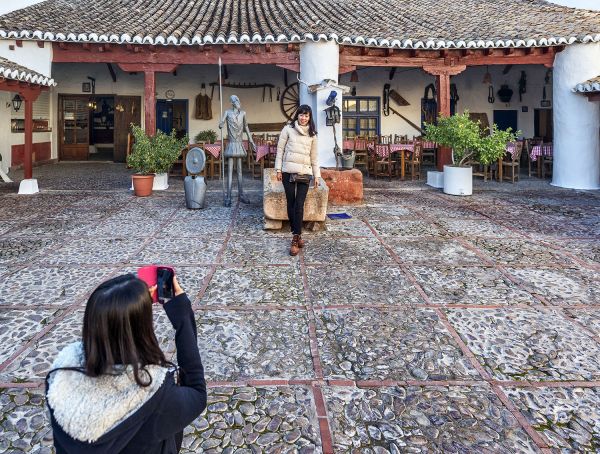
Puerto Lápice (plaza de la Constitución)
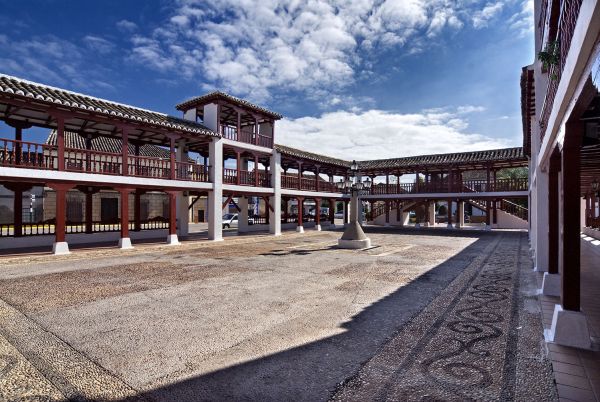
Puerto Lápice (Venta del Quijote)
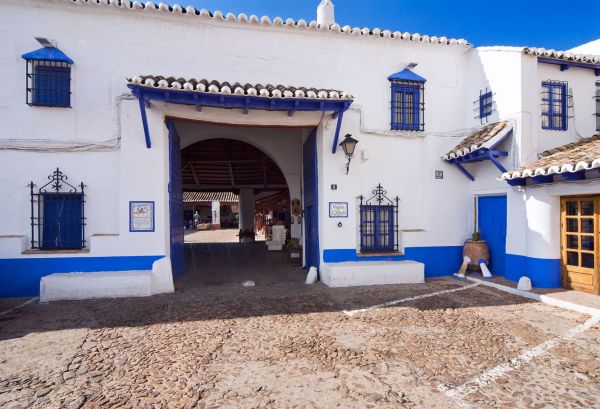
Puerto Lápice (Constitution Square)
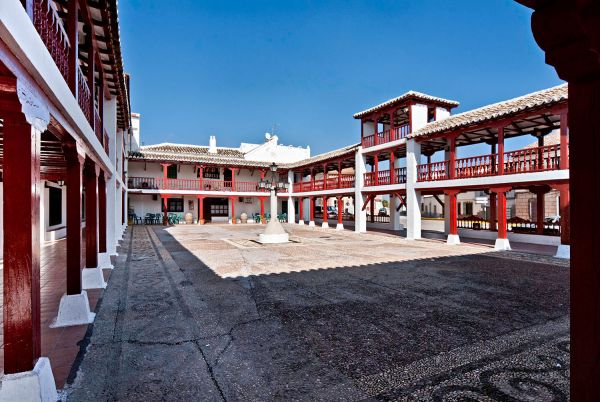
QUESALIA Herencia

QUESALIA Herencia

This trip, only 35 kilometres but taking in 4 different towns, has the sole aim of immersing visitors in the same landscapes and architectures witnessed by Cervantes in the 16th century. We are in the La Mancha heartlands, Don Quixote territory.
In the second chapter of El Quixote, Cervantes chooses Puerto Lápice as the stage for beginning his Don Quixote adventures “as it is a very passing place.” Here, at a trade post, the ingenuous noble man is knighted. A little later, in chapter VIII, the book’s most famous and harebrained battle takes place: between Don Quixote and the windmills.
Therefore, due to Cervantes’ wit and the misadventures of a marvellous “madman”, Puerto Lápice, the structure of the La Mancha trade post and the stamp of a hill crowned by one or more windmills have become part of the universal consciousness.
In Puerto Lápice, trade posts are now the main tourist attraction. These large, stately homes still have their original layout, around a central patio with a well, porticos, tables, an inn and rooms for overnighting. The Dorotea Jiménez, Rincón and Quijote Inns all still remain. We can only visit the final one, the legendary Venta del Quijote (Quixote Trade Post), which is currently both a restaurant and exhibition.
If we’re after enchanting traditional La Mancha architecture, the Constitution square is a must: a wide space surrounded by two levels of portico supported by wood painted in a reddish colour. Festivals, dances and theatre are held here; its shape and colours are highly reminiscent of the famous ‘Corral de Comedias’ in Almagro.
In the nearby Serranilla mountains, three restored windmills enhance the Cervantine, traditionally La Mancha presence evoked by Puerto Lápice.
Another hill and more windmills appear 10 km away at Herencia. From a slightly later era, the first of the 7 windmills was built in 1790, although in 1807 there were as many as 11 windmills. Now, a beautiful sight of seven individually named windmills awaits: El Ama, La Sobrina, Dulcinea, Maritornes, La Dueña Dolorida, La Duquesa and Teresa Panza.
From Herencia, to Alcázar de San Juan (Fortress of San Juan). From afar, on the San Antón hill, the impressive figures can be seen. 4 of the 19 windmills and 2 water mills that the city had have been preserved: Rocinante, Barataria, Fierabrás and Barcelona. Two windmills have been turned into museums. One is a La Mancha Landscape Interpretation Centre and the other is home to a reconstruction of the original 16th-century machinery that performs traditional milling on different dates during the year.
Open from Friday to Sunday.
Mornings, from Friday to Sunday from 10:30 am to 1:30 pm.
Afternoons, from Friday to Sunday: 4 pm to 6 pm.
If talking about Campo de Criptana, you are inevitably speaking of its windmills in the Molinos mountains.
We recommend accessing the windmills through a footpath from the historical town centre, which allows us to admire the traditional La Mancha scenery from its natural lookout points. We ascend via the Albaicín neighbourhood and can stop in the cave-homes as part of a particularly pleasant stroll: this is a quintessential La Mancha neighbourhood, with Arabic tile-roofed houses painted white and indigo, narrow streets and steep slopes.
Of the 34 windmills that once existed in the past, 10 are currently preserved in good condition.
The old ones, Sardinero, Burleta and Infante have remained standing since the 16th century and have been declared Assets of Cultural Interest, retaining their original mechanisms. The modern ones, Inca Garcilaso, Cariari, Vicente Huidobro, Pilón, Lagarto, Culebro and Poyatos are from around 1900.
The Molino Infante, Burleta, Culebro - home to Sara Montiel Museum-, Quimera - home to the town’s Holy Week Museum - and the Poyatos windmills, a current tourist information point, can currently be visited. The rest are closed to the public.
Carnavalcázar, from 25-28 December, is the famous carnival of the Fort, a transgressive festival at an unusual time of the year: Christmas.
Herencia has always featured deep-rooted traditions, with the carnival holding a special place in the local festival calendar. This is so much the case that it’s held a week earlier than almost all the other festivals. That’s why, on it’s starting date, it is called Sábado de los Ansiosos (‘the Saturday of the Eager’).
May also be of interest to you
Castilla-La Mancha Tourism in 2023. All rights reserved.
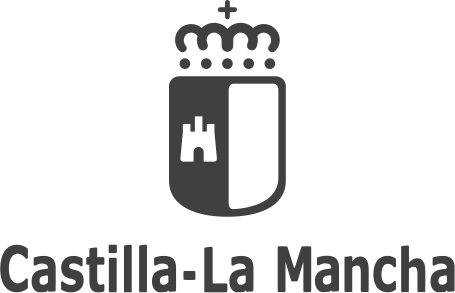
 365
365
